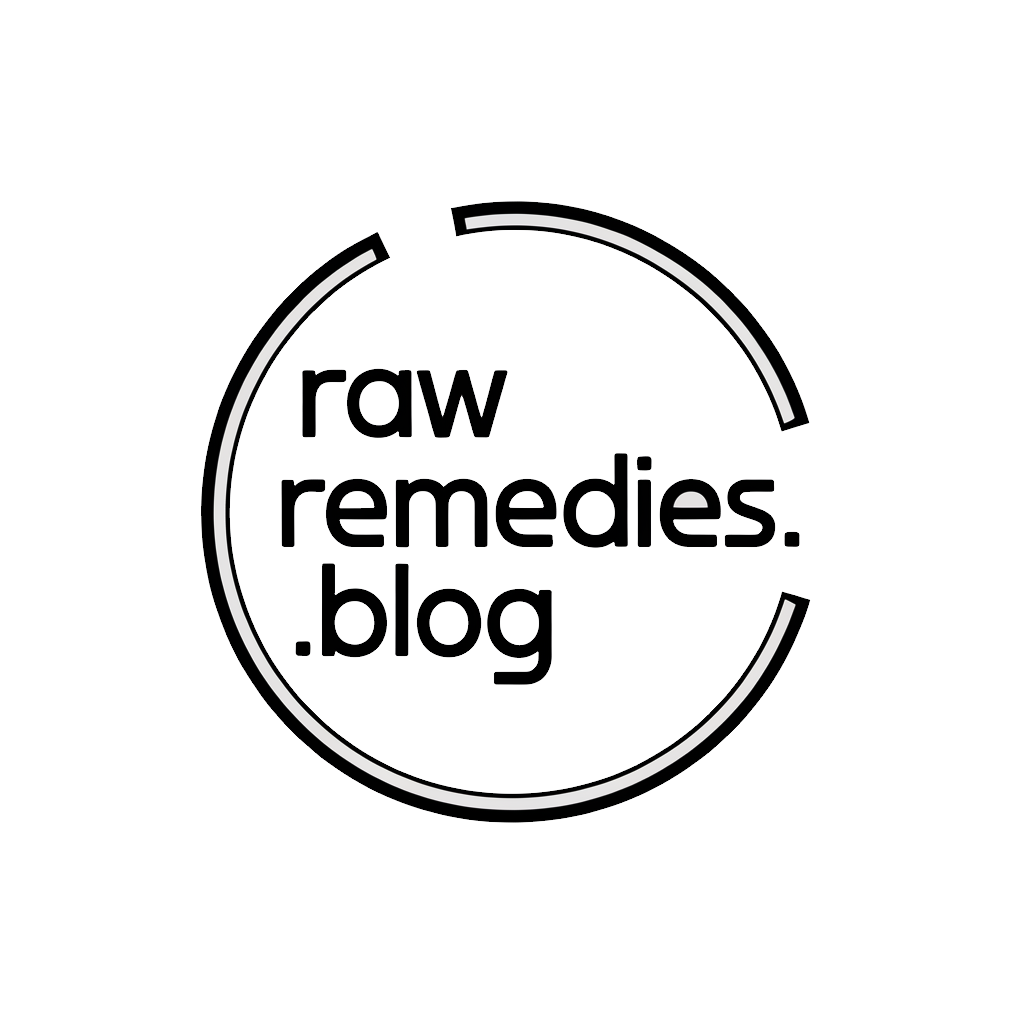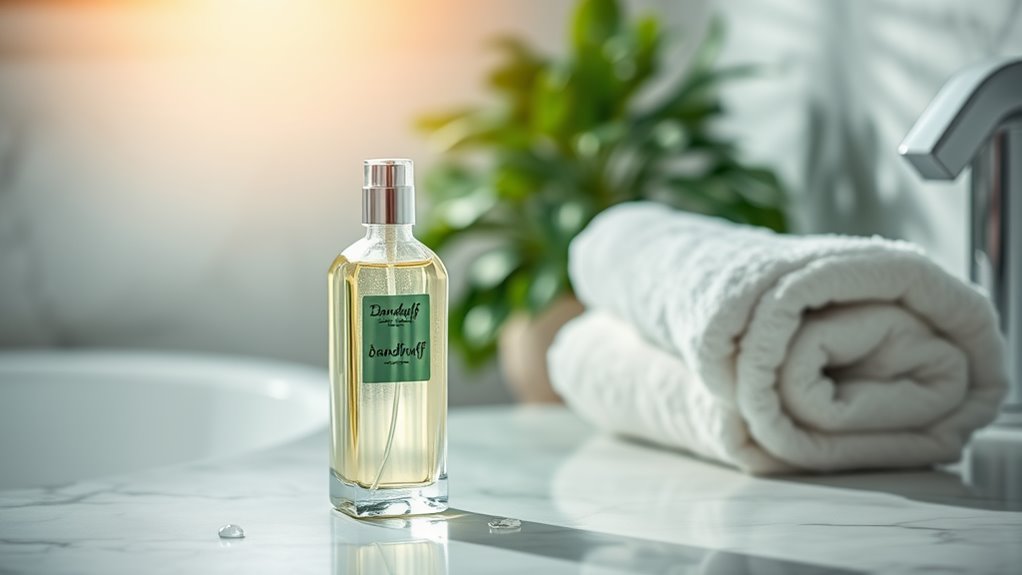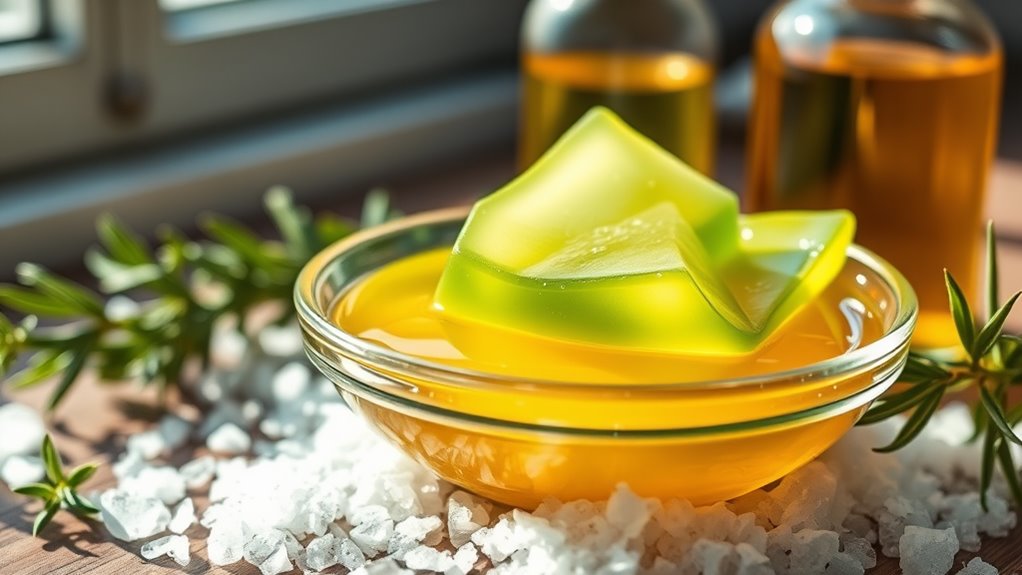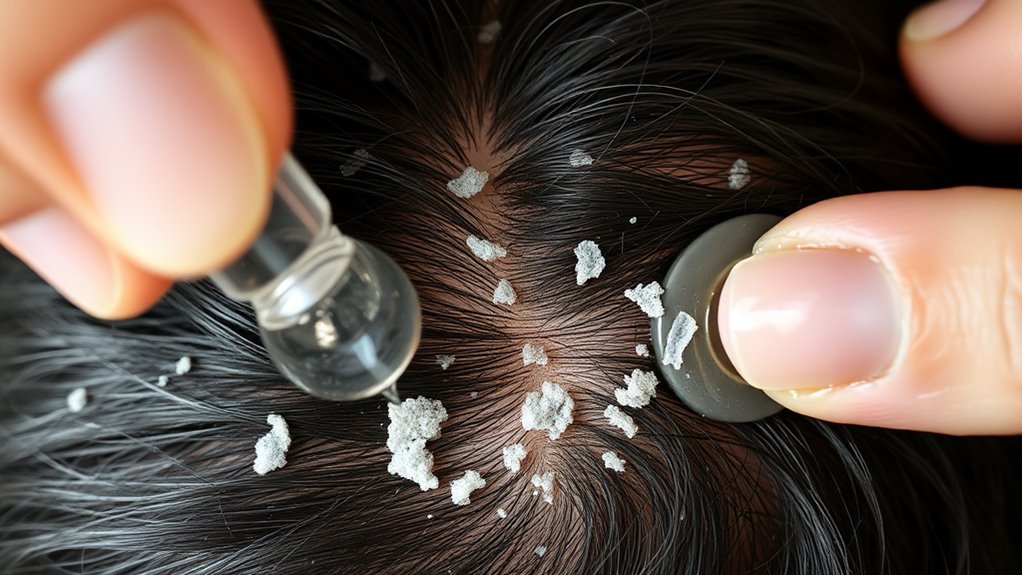This Dandruff Treatment Actually Works in 2 Uses!
This dandruff treatment can indeed work in just two uses! It effectively reduces flakes and irritation through powerful ingredients like zinc pyrithione and tea tree oil, which tackle the fungus causing dandruff. The application process is straightforward, requiring you to massage the treatment into your scalp and let it sit for the recommended time. Users like Sarah and John have reported impressive results, suggesting the formula’s effectiveness. Discover more about how to optimize your treatment for lasting relief.
Understanding Dandruff: Causes and Symptoms
What exactly causes dandruff, and how can you identify its symptoms?
Dandruff often results from an overgrowth of the yeast-like fungus Malassezia, which can irritate your scalp.
You might notice symptoms like itchy, flaky skin, often manifesting as visible dandruff flakes on your shoulders or in your hair.
Other factors, such as dry skin, sensitivity to hair products, or certain skin conditions, can exacerbate the issue.
To address this, a dandruff flakes remedy may involve using specialized shampoos or natural treatments that target the underlying causes and alleviate symptoms effectively. An apple cider vinegar rinse has been shown to help restore scalp balance and reduce dandruff.
Identifying these signs early can lead to a more effective treatment.
Key Ingredients in the Treatment
When it comes to effectively treating dandruff, certain key ingredients stand out for their ability to combat the underlying causes.
Zinc pyrithione is a powerful antimicrobial that reduces yeast growth on the scalp, targeting the primary trigger of dandruff.
Salicylic acid works as a keratolytic agent, helping to exfoliate dead skin cells and prevent build-up.
Tea tree oil, known for its anti-fungal properties, can soothe irritation and reduce flakiness.
Lastly, coal tar helps slow down skin cell turnover, alleviating scaling.
Together, these ingredients form a robust treatment that addresses dandruff from multiple angles, promoting a healthier scalp. Additionally, incorporating natural remedies can further enhance scalp health and provide long-lasting results.
Step-by-Step Application Process
After identifying the key ingredients that effectively combat dandruff, knowing how to apply them properly ensures you get the most benefit.
Start by wetting your hair thoroughly and squeezing out excess water. Apply the treatment directly to your scalp, focusing on areas with visible flakes.
Gently massage it in for about five minutes to enhance absorption. Leave the treatment on for the recommended time, usually around 10-15 minutes, to maximize its effectiveness. Incorporating common household ingredients can further enhance the treatment’s efficacy.
Rinse thoroughly with lukewarm water, ensuring no residue remains.
Follow this process consistently, ideally twice a week, to achieve optimal results in reducing dandruff.
Tips for Maximizing Effectiveness
To maximize the effectiveness of your dandruff treatment, consider integrating a few strategic practices into your routine.
These tips can enhance results and help you achieve a flake-free scalp more efficiently:
- Use lukewarm water when rinsing to avoid scalp irritation.
- Massage the treatment into your scalp for at least five minutes to promote absorption.
- Avoid using other hair products immediately after treatment to prevent interference.
- Stick to a consistent schedule, applying the treatment as directed.
- Monitor your scalp’s condition and adjust frequency based on its response.
- Incorporate common household ingredients known for their effectiveness in treating dandruff into your routine.
Implementing these strategies will optimize your treatment outcomes effectively.
User Testimonials and Success Stories
Many individuals have successfully managed their dandruff issues, sharing their experiences and outcomes as a source of inspiration. Here’s a glimpse of their success:
| User | Treatment Used | Result |
|---|---|---|
| Sarah | 2-use shampoo | Flake-free in 3 days |
| John | Weekly scalp mask | Significant reduction |
| Emily | Daily use conditioner | Itchy scalp relief |
| Mike | Herbal rinse | 95% flake reduction |
These testimonials highlight the effectiveness of the treatment, showing that many find relief quickly and efficiently, encouraging others to try it for themselves. Incorporating common kitchen ingredients can enhance the effectiveness of homemade remedies, resulting in faster relief.
Frequently Asked Questions About Dandruff Treatment
When it comes to dandruff treatment, understanding its causes is essential for effective management.
You’ll find various treatment options available, each targeting specific triggers, while prevention tips can help you maintain a flake-free scalp. Additionally, aloe vera gel has been shown to possess anti-fungal properties that can aid in reducing dandruff.
Let’s explore these frequently asked questions to equip you with the knowledge needed for better hair health.
Causes of Dandruff
Dandruff often stems from a combination of factors that disrupt the natural balance of the scalp.
Understanding these causes can help you tackle the issue effectively:
- Dry skin: A common culprit, leading to flaking.
- Oily scalp: Excess oil can create a breeding ground for yeast.
- Yeast overgrowth: Malassezia, a yeast-like fungus, can irritate your scalp.
- Sensitivity to hair products: Allergic reactions to certain ingredients may trigger dandruff.
- Skin conditions: Conditions like eczema or psoriasis can exacerbate flaking.
Effective Treatment Options
Finding the right treatment for dandruff can feel overwhelming, but understanding your options makes it easier to manage. Various treatments target different causes of dandruff, and knowing which to choose is key.
| Treatment Type | Active Ingredient |
|---|---|
| Anti-fungal shampoos | Ketoconazole |
| Salicylic acid shampoos | Salicylic acid |
| Coal tar shampoos | Coal tar |
| Zinc pyrithione shampoos | Zinc pyrithione |
| Tea tree oil products | Tea tree oil |
Prevention Tips and Tricks
Preventing dandruff requires a proactive approach that includes maintaining a healthy scalp environment and understanding your hair care routine.
Here are some effective prevention tips to consider:
- Use a gentle, sulfate-free shampoo to avoid irritation.
- Keep your scalp moisturized with natural oils, like coconut or jojoba.
- Limit heat styling to reduce dryness and damage.
- Maintain a balanced diet rich in omega-3 fatty acids and zinc.
- Manage stress through techniques like meditation or exercise.





